Blog post written by Alice with the fluffy support of Australian Shepherd dog Minnie
– Instagram @minniefairytail
About Alice & Minnie
When our little fluffy puppy moved in a year ago, good muzzle training was at the top of our list. Our Australian Shepherd dog Minnie should actively participate in our everyday life and enjoy more freedom with the muzzle.
It was important to us that we could take Minnie (almost) anywhere. One would think that wearing a muzzle would naturally be part of basic education and training. Just like getting used to the dog leash and harness , right?

9 good reasons for a muzzle and positive muzzle training
There is a prejudice that all dogs that wear a muzzle must be dangerous, aggressive and vicious. This is often just a prejudice and does not reflect reality. But what reasons are there actually for wearing a muzzle?
Mandatory use of a muzzle in cities or public spaces
We live in the heart of Vienna. A city in which, by law, muzzles are required in all public places where crowds of people are usually found. Public places include public transport, restaurants, shops or events.
If you want your dog to actively participate in everyday life and be present everywhere, it is essential to start with muzzle training. If you are going on vacation with your dog, you must be aware that different rules sometimes apply abroad. You should inform yourself thoroughly about these rules beforehand. If you want to be flexible, your dog should be used to a muzzle.
There is a special regulation for so-called “list dogs”. This list contains certain breeds or crossbreeds that are legally considered to pose an increased risk potential.
In any case, these dogs have to wear a muzzle. The list and the individual special provisions vary from state to state in Austria and Germany. The meaning behind it should not be questioned at this point.

Muzzle for first aid & vet
An extremely important reason that receives far too little attention is snapping out of fear. If a dog is in a stressful, exceptional situation, the dog may snap out of panic. Especially when a stranger examines him.
Be it in an accident, at the vet or perhaps injured and suffering from severe pain. A comparable situation for us would be, for example, a drill at the dentist, during which the dentist hits a nerve, for example. Not very pleasant and causes stress for us humans.
You can encourage your dog to visit the vet through constant training from an early age. By taking your dog to the vet more often for no reason, so that he associates the place with positive things.
You can prepare your dog for his visit with petting from the veterinary staff, calming exercises in the waiting room and treats. Or you can touch and “examine” him everywhere at home every now and then so that he can get used to all kinds of touches.
Bite protection in training for aggression problems
Another situation is dog training at dog school. If you have a training session with a dog trainer and your woofy has aggression problems or doesn't like strangers. Here it is helpful if you put a muzzle on him to ensure safety for both dog and person.
Your dog also learns that aggression won't get him to his goal. The dog trainer and you can go into training more relaxed, which incidentally has a positive effect on the dog.
Muzzle for dog encounters
When you go for a walk you inevitably meet other dogs. If your dog has had a bad experience or doesn't like strange dogs, you can go into dog encounters more calmly with a muzzle. You should always be aware that you are responsible for the proper “security and custody” of your dog. A dog can legally pass as a weapon!
Bite protection for dogs with a history
One of my favorite sayings is, “Never judge a dog if you don’t know its history,” and I think that statement is 100% true. There are dogs where you don't know exactly what happened. These dogs would certainly bite humans or dogs in certain situations and that is why they should wear a muzzle for the time being.
These don't necessarily have to be second-hand or animal shelter dogs; even specially raised dogs can develop in the “wrong” direction. All it takes is a single situation, an experience that was formative and traumatic for the dog. A muzzle protects you as well as other people and dogs. It can be a real relief when you know that your dog is not a serious threat.
Muzzle & more safety in crowds
It is advisable or even mandatory to wear a muzzle on public transport and in places with crowds of people. These places are usually crowded, crowded and stressful. It can happen that a person steps on your tail and your (already nervous) dog reacts by snapping.

Protection against poison bait
Due to the large number of dogs in public spaces, arguments often arise between dog owners and non-dog owners. There are dog haters who go so far as to spread poison bait in nature. Even if we, as loving dog owners, cannot imagine the motives.
The problem is: Poison bait can be anything: prepared sausages with nails, rat poison, etc., which is why it is important for us to watch our dogs closely. This is where good anti-venom bait training or a muzzle can be life-saving. Does your dog vacuum everything he can find on the floor? Or if you want to be on the safe side, the muzzle is a very important tool in this context.
More free running thanks to the muzzle
If, like me, you don't want to keep your dog on a leash all the time, you can use a muzzle instead. However, this should only be done under the condition of a well-fitting recall.
In Vienna, leashes or muzzles are mandatory in most places. In quieter and clearer places I therefore opt for the muzzle. In addition, I would like to improve the image of the muzzle. In addition, I can educate people and set a good example.
And last but not least… because we know the muzzle
Put a muzzle on your dog every now and then during a walk - simply because you can! Make the muzzle commonplace and normal – both for you as a dog team and for society!
The perfect muzzle
Which muzzle is suitable and what should you pay attention to when buying a muzzle?
What matters most here is what the muzzle should be able to do. The right shape and the right material are essential – adapted to your dog. For example, greyhounds need a different muzzle than brachycephalic breeds (short-snouted dogs, such as boxers, bulldogs, etc.).
The right shape & the best material for muzzles
If the muzzle is actually intended to prevent serious bites, metal muzzles are the right choice. In contrast to plastic muzzles, these can definitely withstand greater stress.
However, you should make sure that the muzzle fits well and has comfortable padding. If the muzzle is not well padded, you can attach something soft, such as leather or felt, to the muzzle yourself. You attach this padding to the possible pressure points.

Muzzles made of leather or Biothane
Muzzles made of leather or Biothane offer the most comfortable fit. These soft materials can be easily adjusted and bent a little. They are great for everyday use on public transport. Of course, these muzzles are not recommended for dogs with aggression problems.
We purchased a custom muzzle from the Bumas brand. The great thing about this muzzle is that it is made of the soft material Biothane and the color combination is up to you. Bright colors help strangers no longer see the dog wearing a muzzle as dangerous.
Minnie is friendly with other dogs and people, which is why I chose this muzzle. Although it is not very cheap to buy, it was the right decision for us. We were particularly impressed by this muzzle, especially for everyday use in the city.
The right size for your muzzle
It is important that the muzzle is large and wide enough. Your dog must be able to fully open his mouth to pant. It would also be good that the muzzle does not prevent the dog from drinking water.
The tip of the snout should have 1-2 cm of free space and therefore should not rest directly on the muzzle. If the muzzle is too big, it will slip off the snout. If it is too small, the dog will have difficulty panting. You also have to be careful that the muzzle doesn't rub. If your dog is in pain, he could associate it with being carried.
Certain brands sell muzzles tailored to specific breeds. If these do not fit, there is also the option of an individually made muzzle.
Remember: Mouth snares are NOT real muzzles! The dog cannot open its mouth or pant when the mouth is snared. They are not recommended and do not prevent serious bite injuries.
Training: Positive construction of the muzzle
There are various methods to get your dog used to wearing a muzzle. We set it up so that we only held the muzzle out to Minnie to sniff. In the next step we smeared liver sausage into the muzzle.
If your dog is already sniffing the muzzle with a lot of motivation, you can also hold treats at the end of the muzzle.

So she had to push her mouth into the muzzle to lick the liver sausage. The dog associates the muzzle with something positive. You should repeat this step several times over several days. Once the muzzle is licked, he comes away again.
As soon as this works well, you can go one step further: If your dog voluntarily puts his nose in the muzzle, repeat the same exercise again. This time with the muzzle closed while licking.
If this works well without the dog wanting to take off the muzzle, you can move the exercise outside.
You can also train with the muzzle while walking. Another tip would be to put on a muzzle at home and then cuddle extensively.
Don't forget: getting used to it is everything! If the muzzle has been constructed positively, it is as natural for the dog as wearing sunglasses is for a person or a bridle for a horse.

For us, muzzle means...
Sayings like “Dog doesn’t like the muzzle” that I read in classified ads when a muzzle is being sold are just poor excuses. Apparently the subject of muzzle training has not been seriously addressed.
A muzzle means taking responsibility as a dog owner. To gain more calmness in certain situations and, above all, more freedom for the dog itself! Declare war on the bad image.
It is time for the muzzle to become the norm in our society. We dog owners should stick together and ensure that we are no longer labeled as inconsiderate people with untrained dogs.
I have to admit that I sometimes benefit from the bad image: a muzzle can be a good deterrent. Do you have a young dog or a sweet, colorful dog? Every stranger really wants to pet him and that's not in your interest? Put a muzzle on him…just a little tip on the side!

In a nutshell: start muzzle training today!
Muzzle training is essential. It should be at the top of everyone's training plan. If only because it allows you to be more relaxed and flexible in many unforeseen situations. Be it on public transport, at events, at the vet or at dog encounters.
You are being responsible by putting a muzzle on your dog before something happens! The motto is therefore: “Preventive instead of far too late”. Your dog will be happy and calm if you rely on good muzzle training. Your goal is for your fluffy companion to see the muzzle as a casual accessory and not a necessary evil.
Include a checklist for your muzzle purchase
- What should the muzzle do?
- For which situations do I need it: for simple daily use or to avoid bite injuries?
- Which material meets all requirements?
- Is the mouth seated correctly? Is he pressing somewhere? Get advice!
- Can your dog open its mouth fully and pant and drink well? Try it on a hot day!
- Does your dog need a browband because of his head and/or nose shape? Try different fits!
- Do you have treats with you when you buy a muzzle so that you can reward your dog for staying still.
- Observe your dog when wearing the muzzle: is he stressed or is he trying to take it off? Take a step back in training.
We wish you much success and fun with muzzle training!


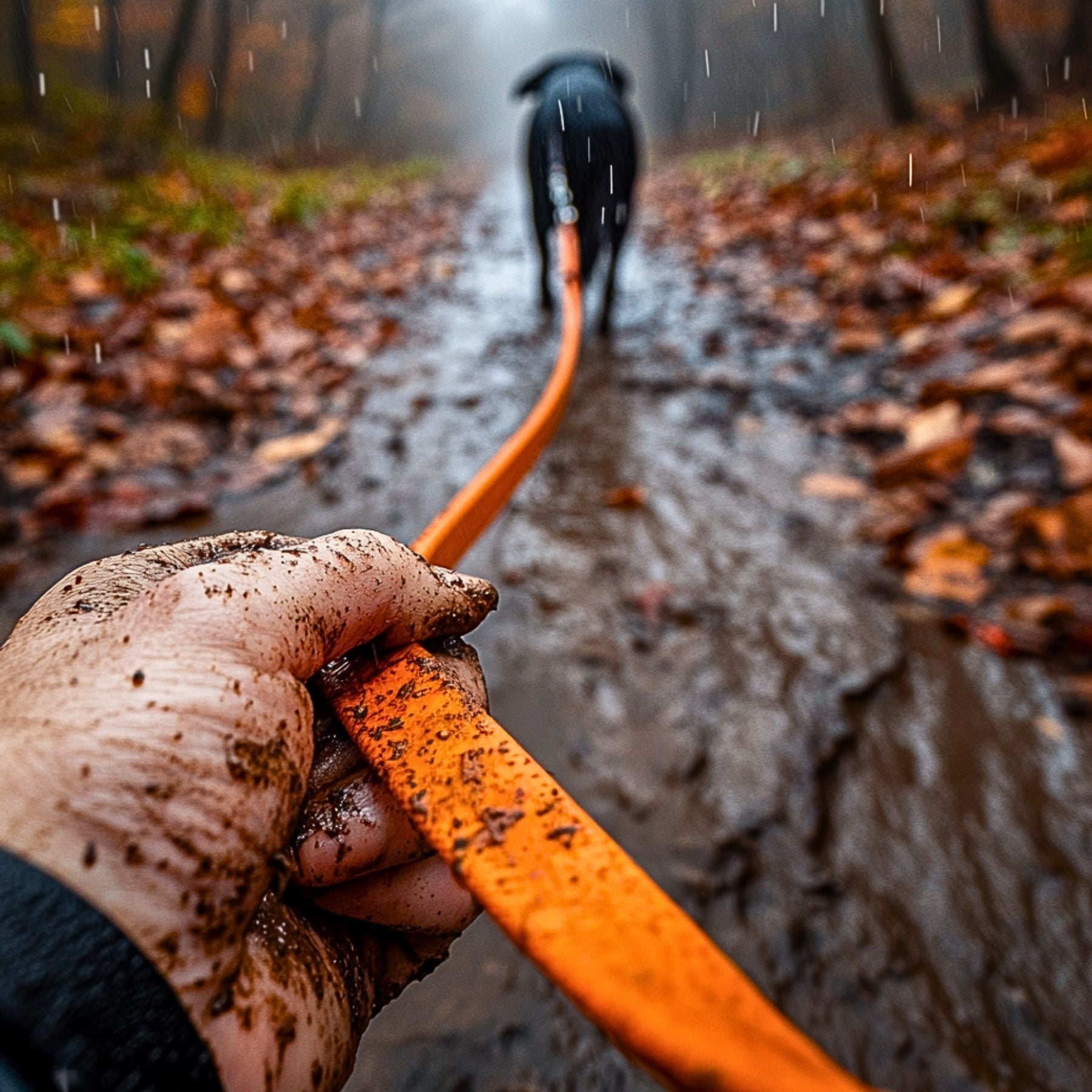
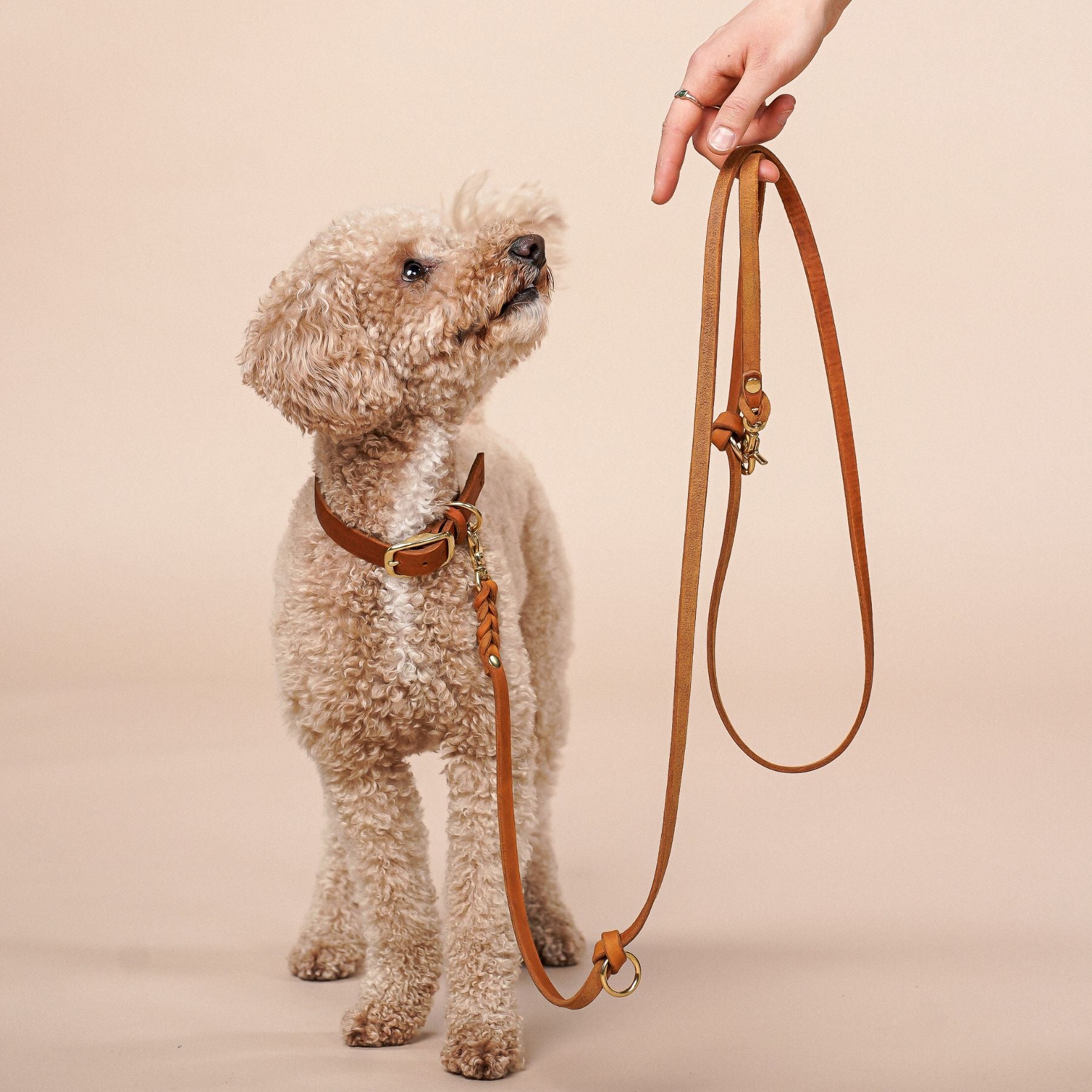
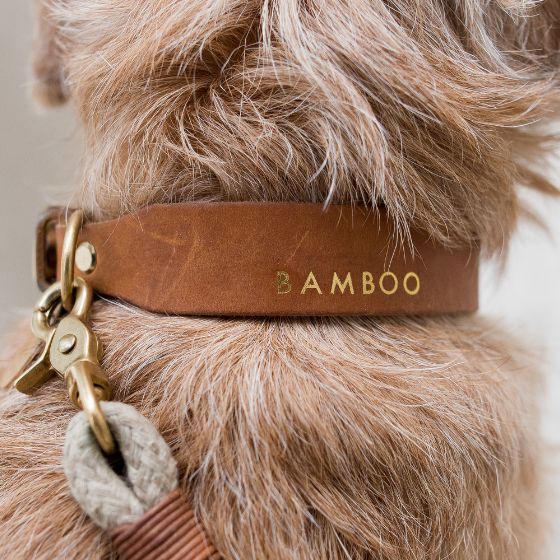

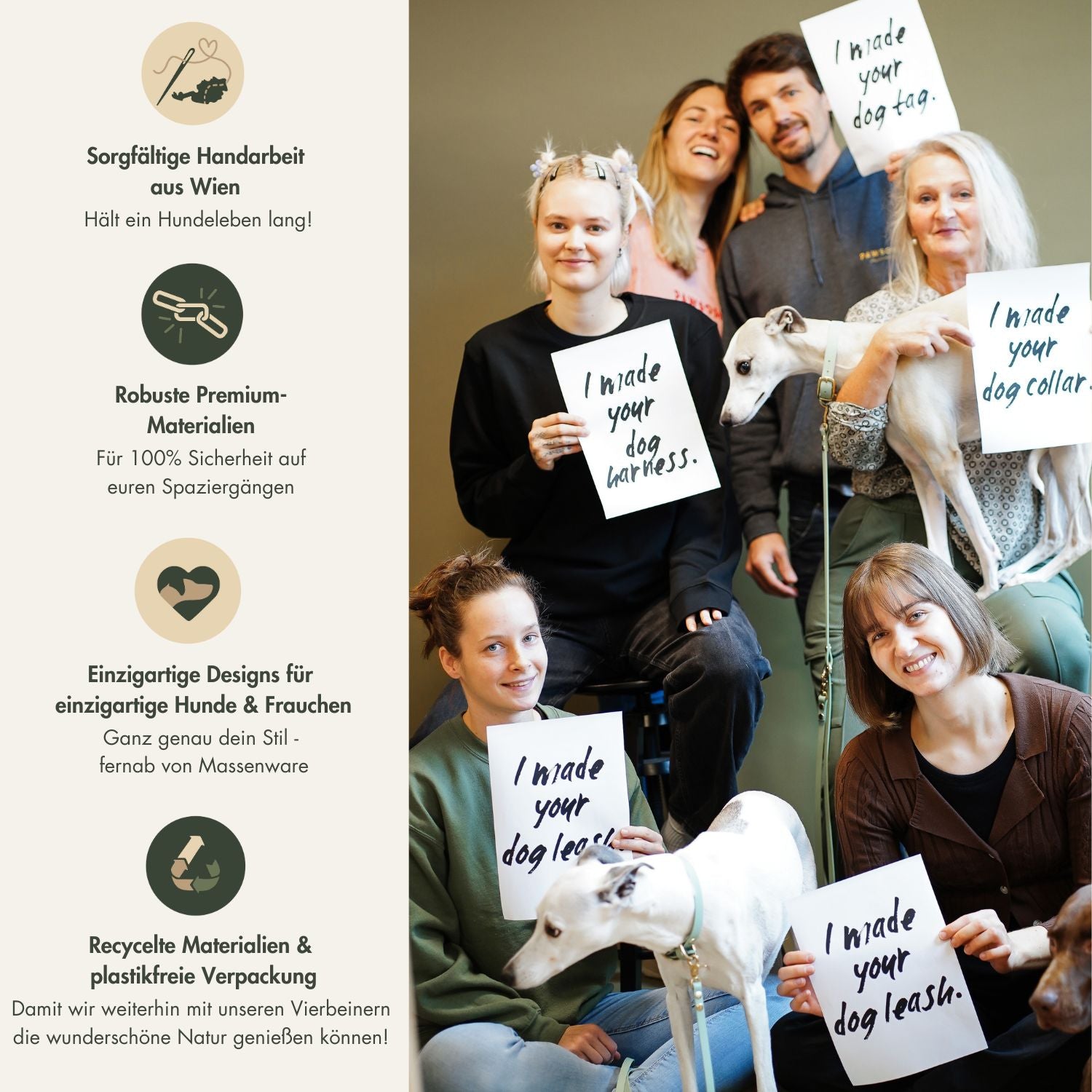
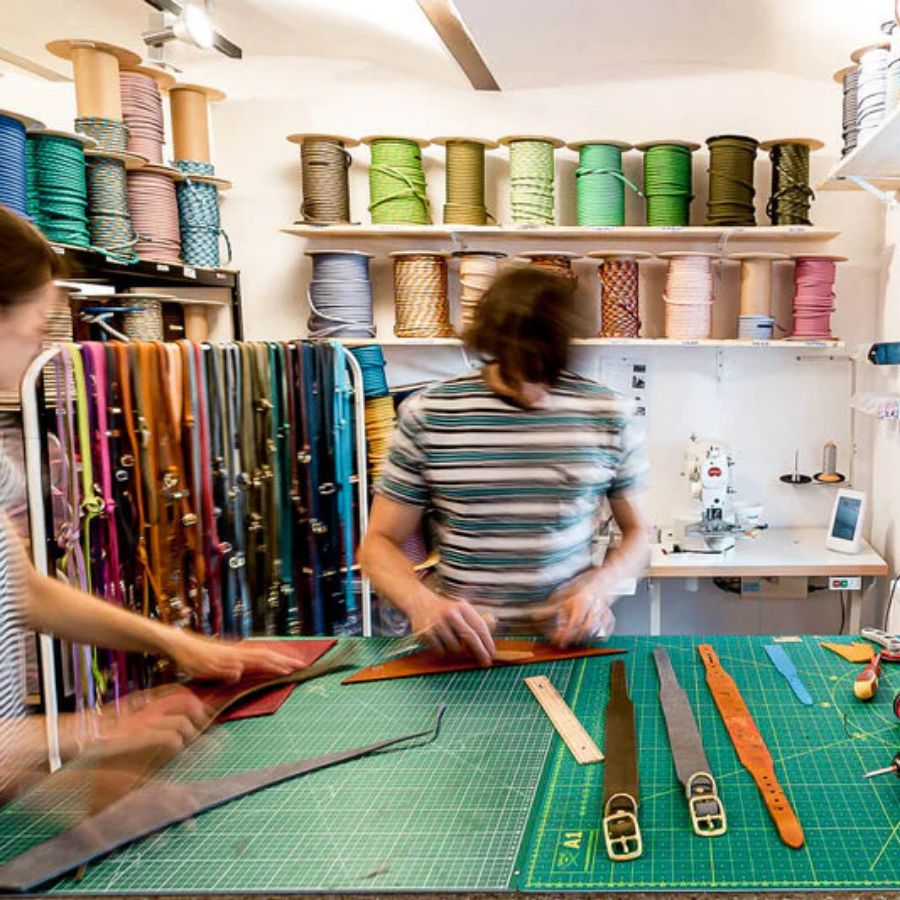
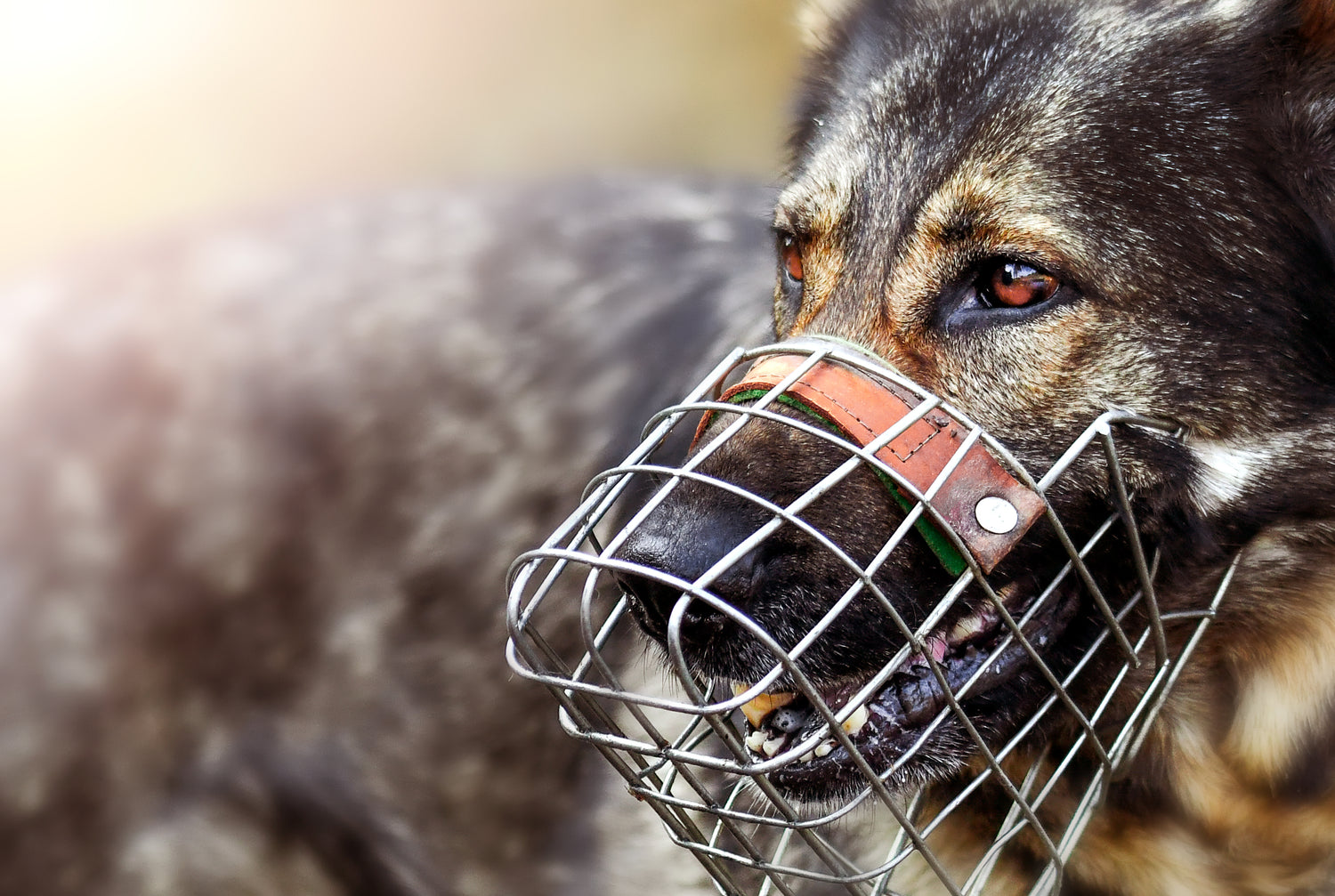
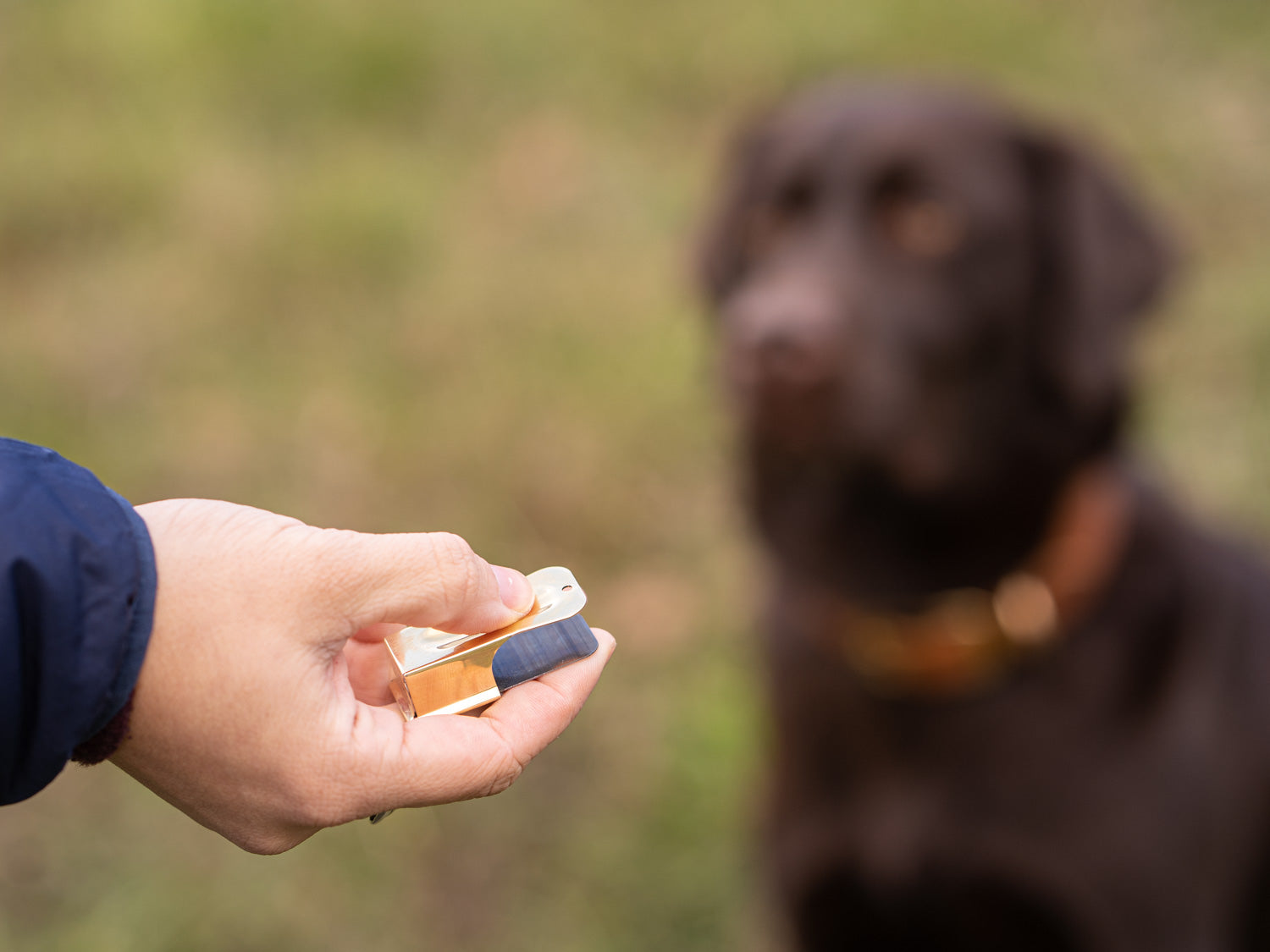
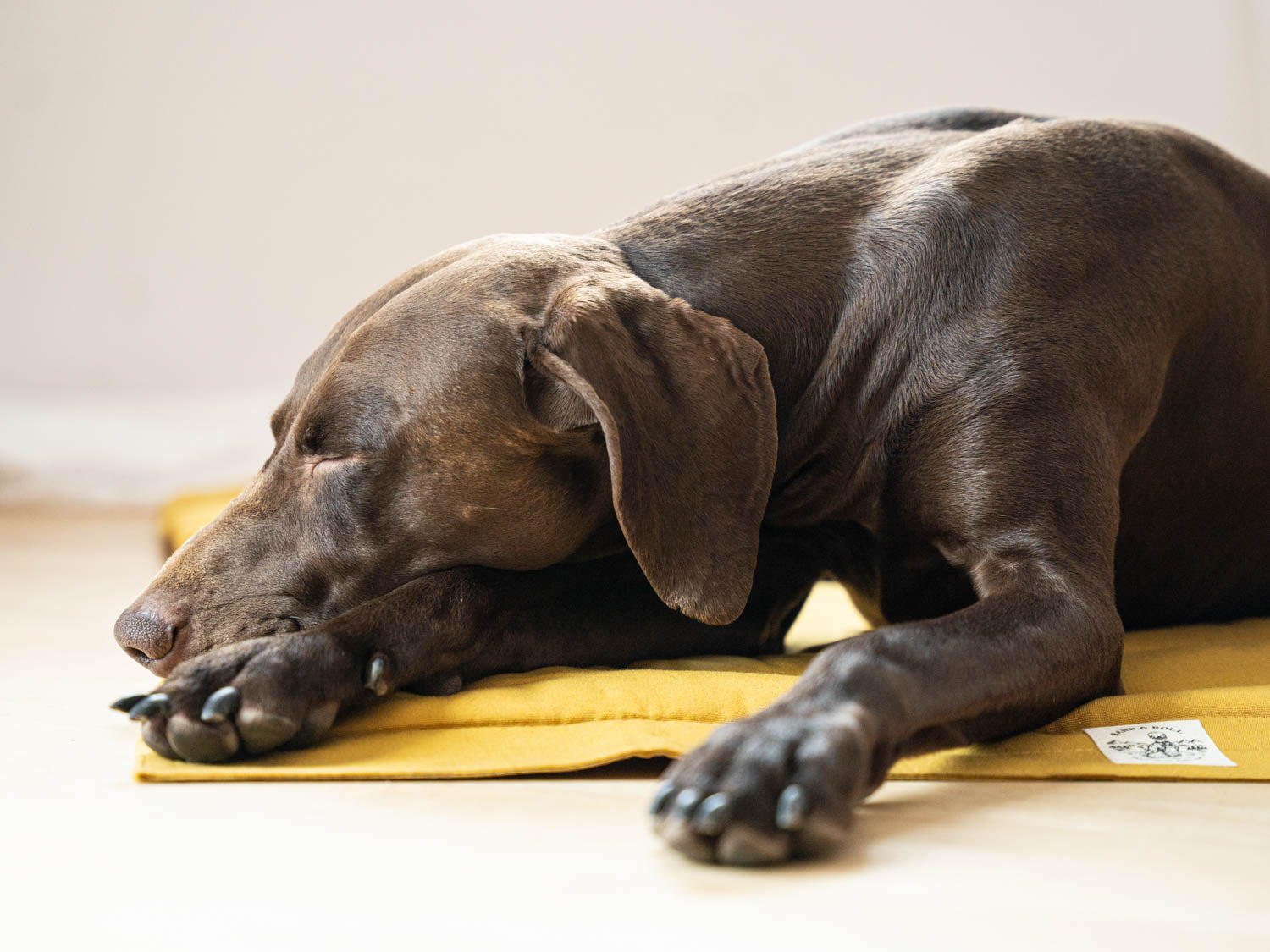
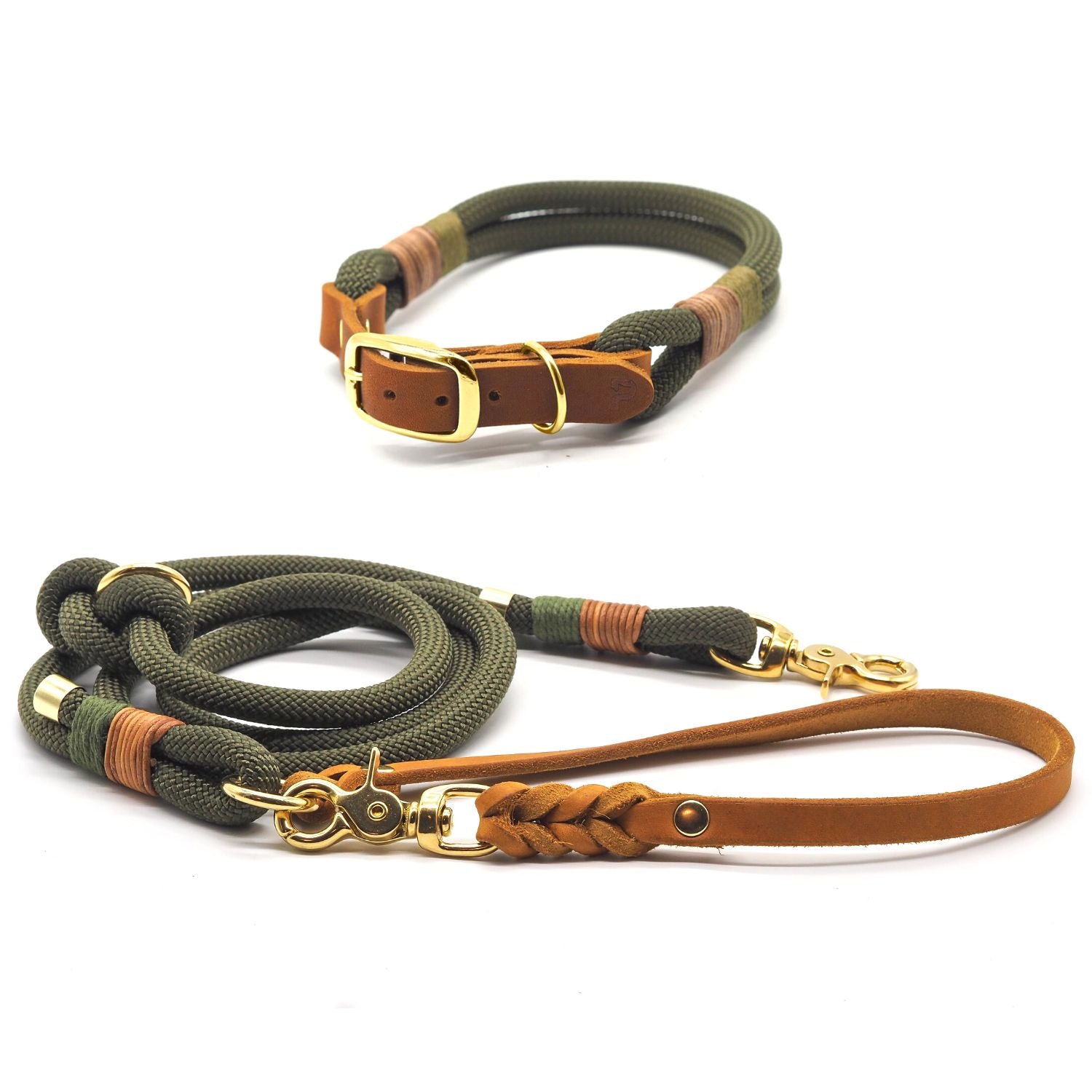

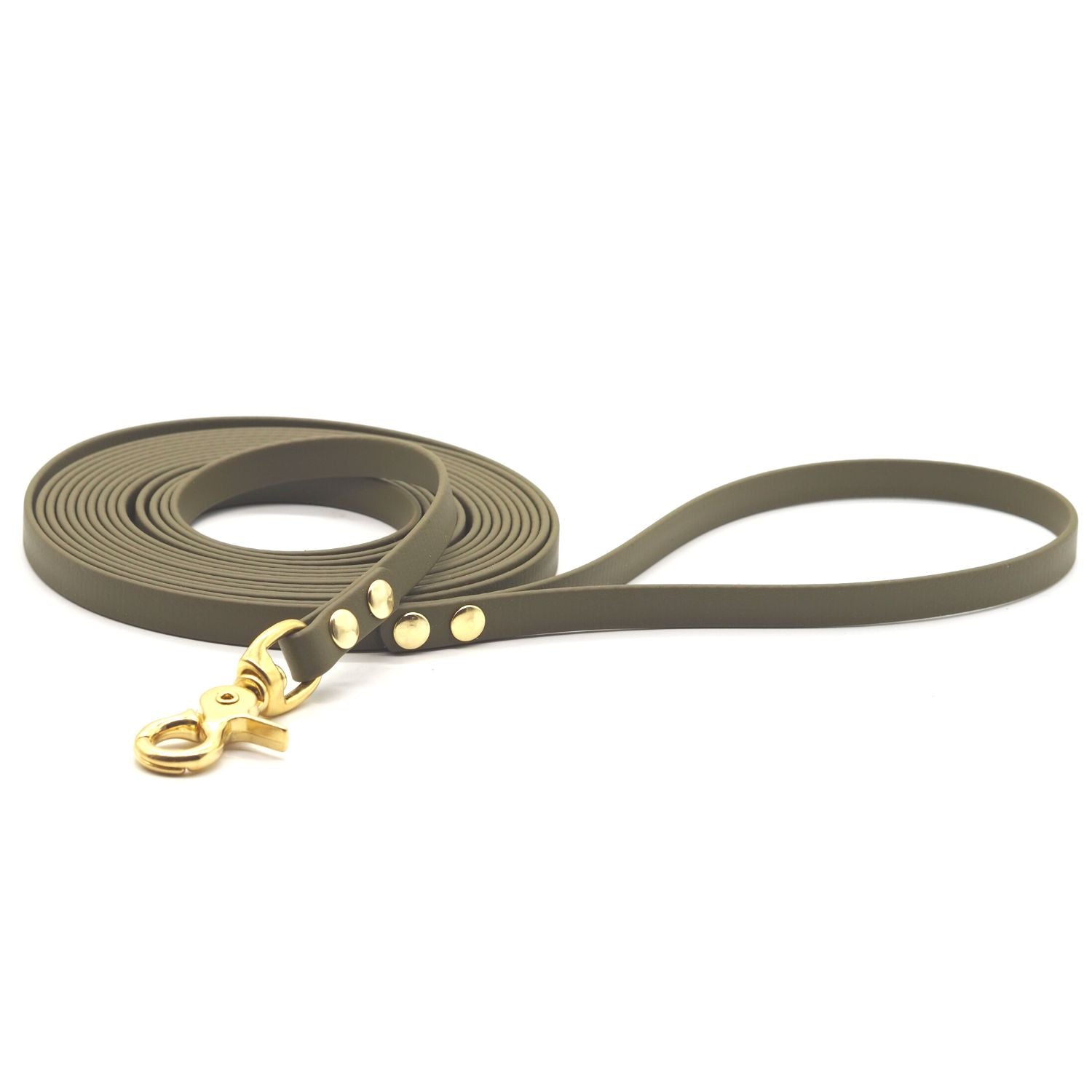

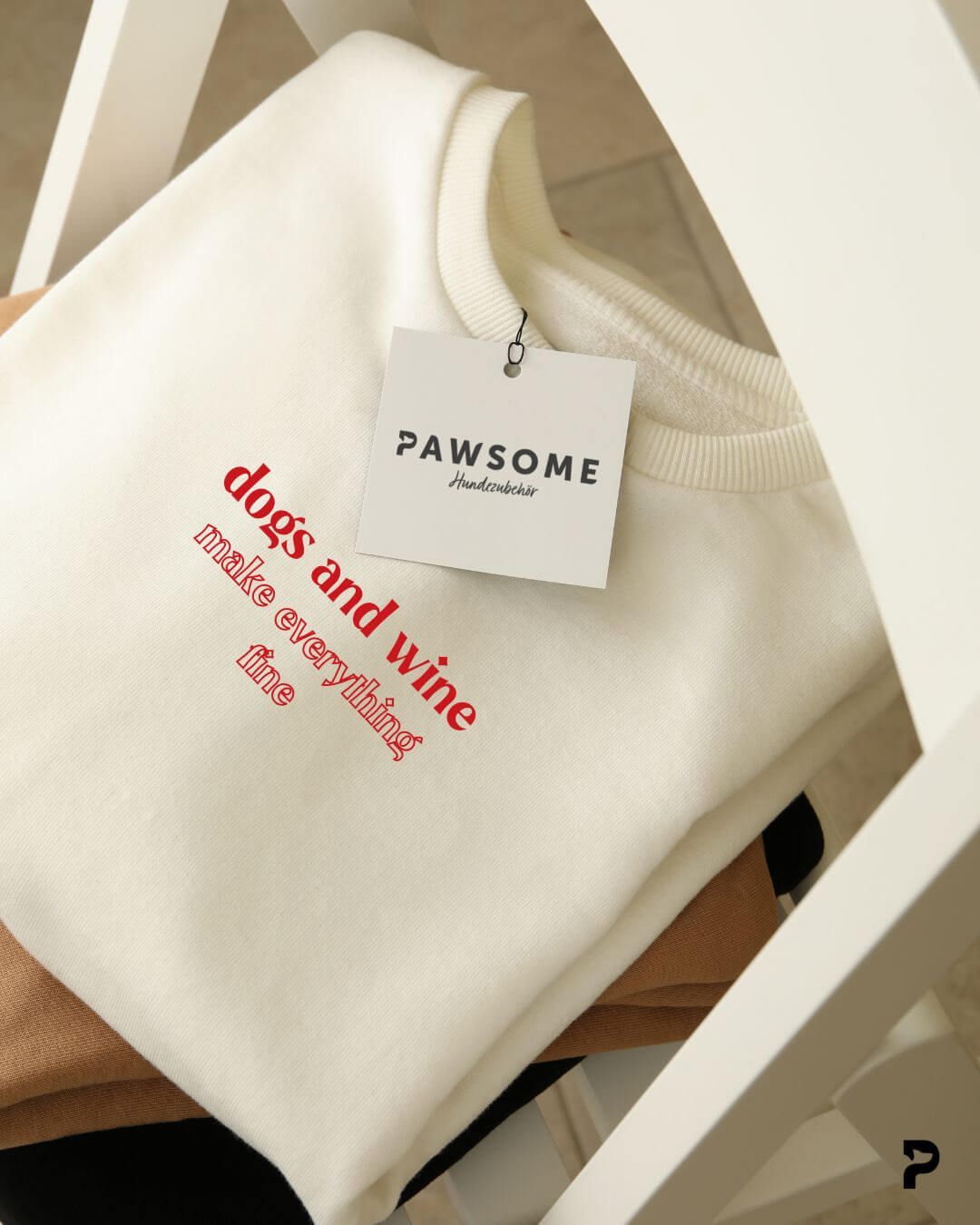

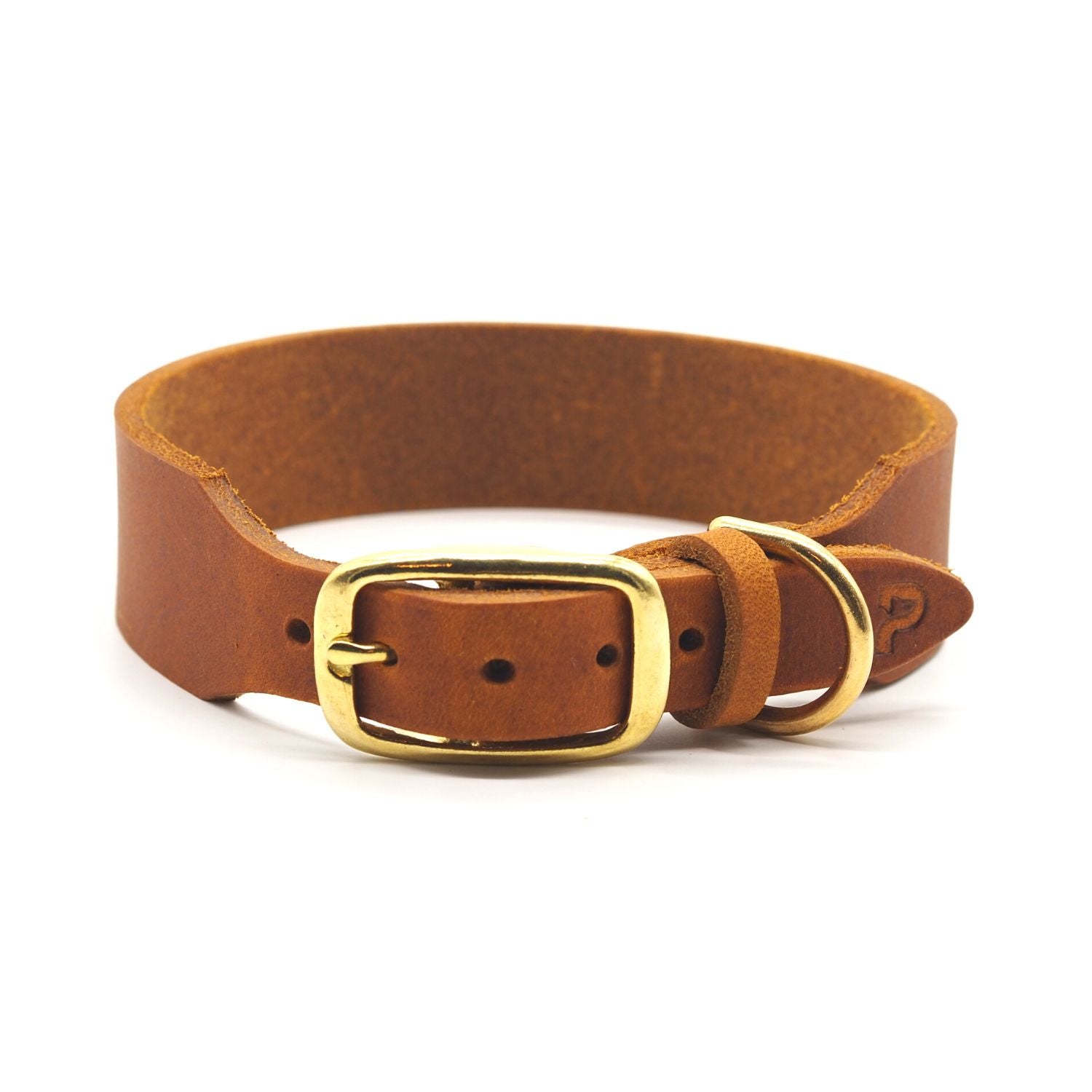
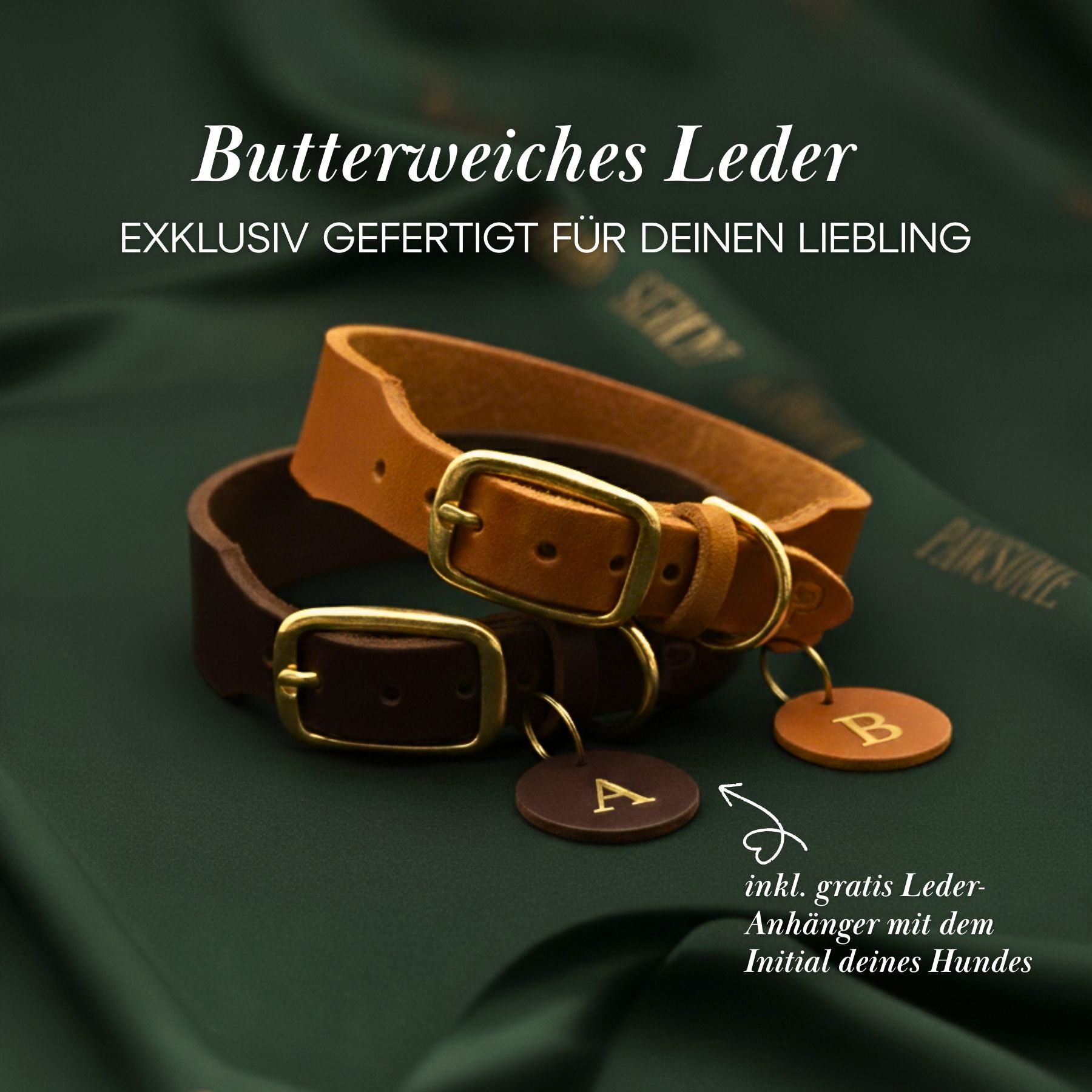

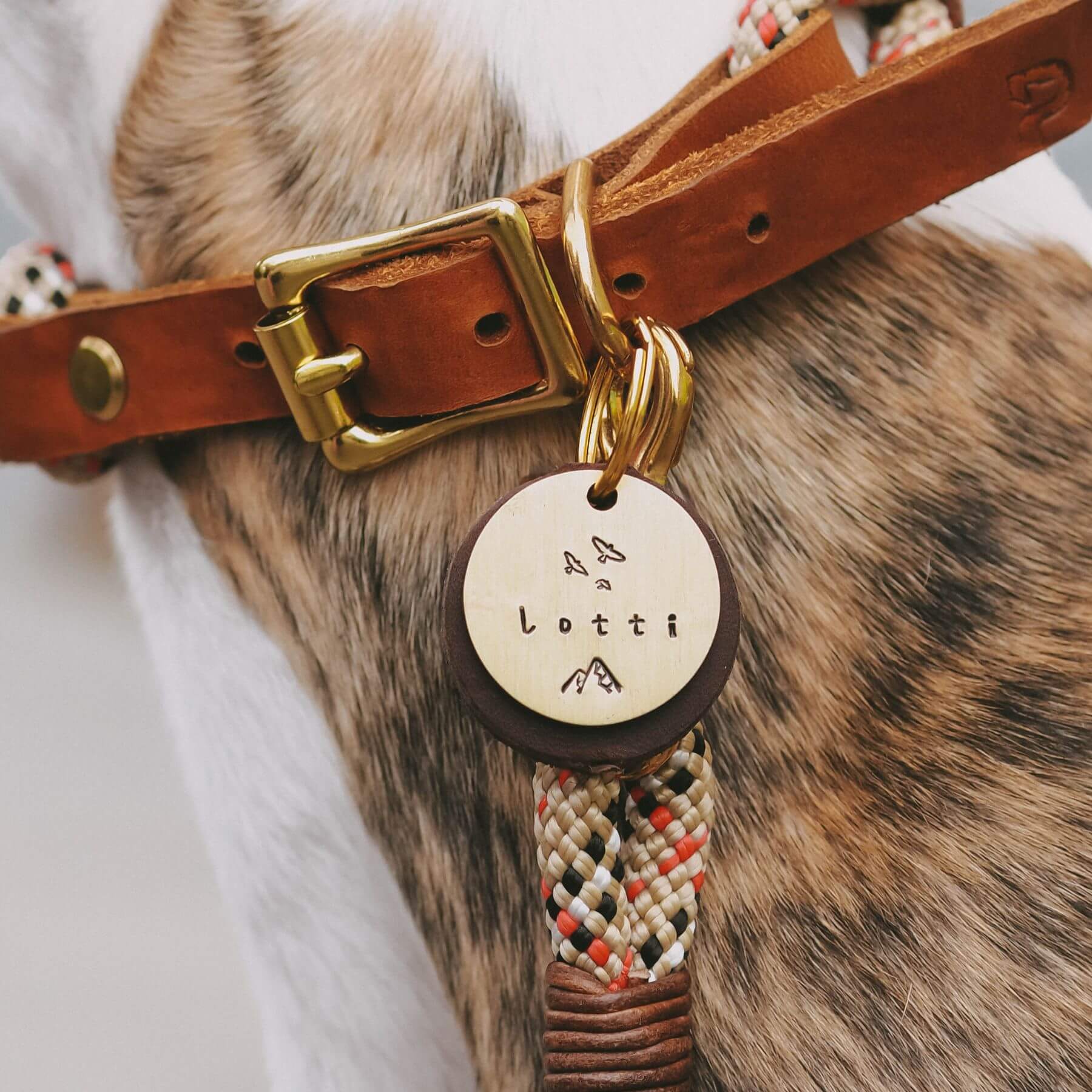




Leave a comment
All comments are moderated before being published.
This site is protected by hCaptcha and the hCaptcha Privacy Policy and Terms of Service apply.